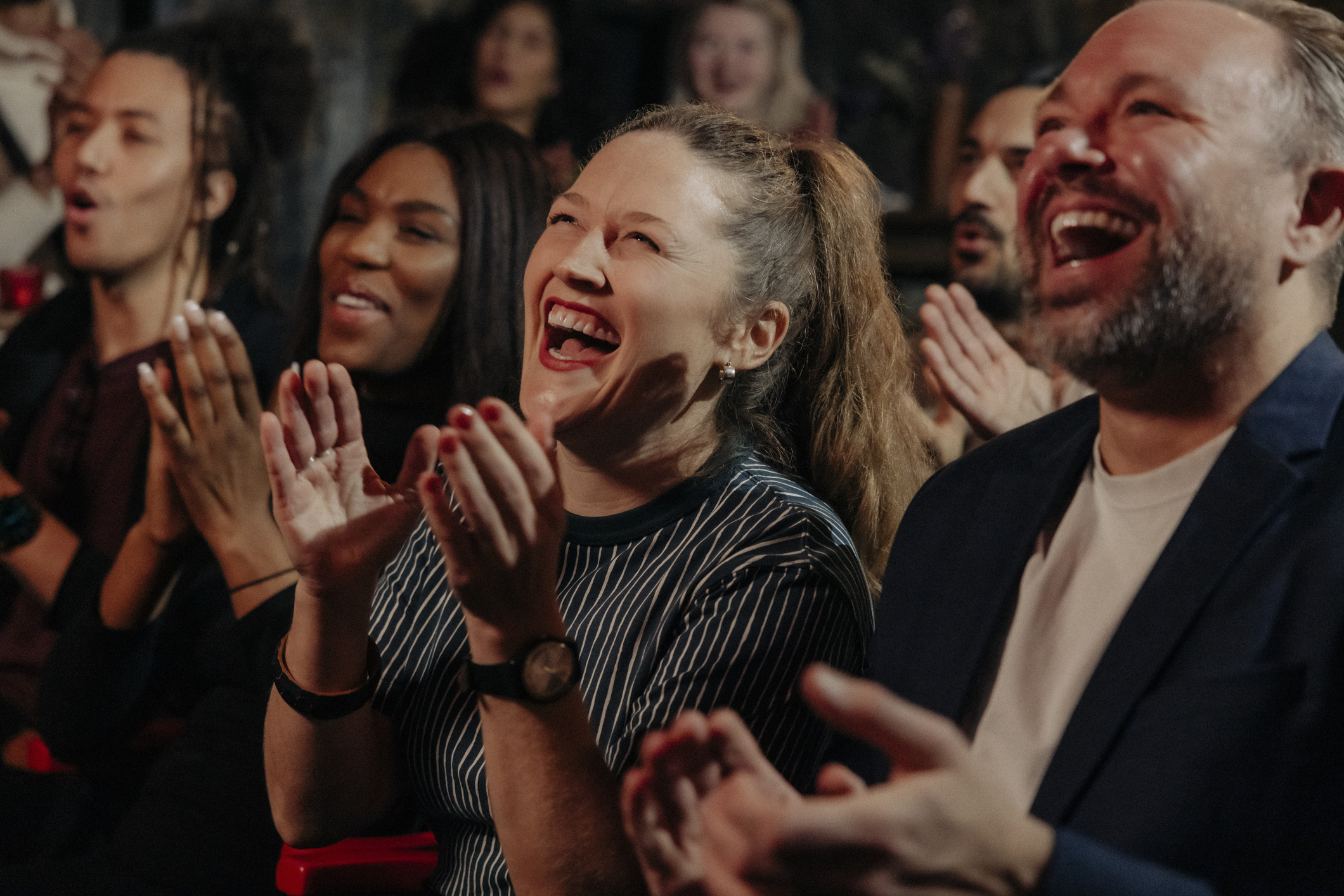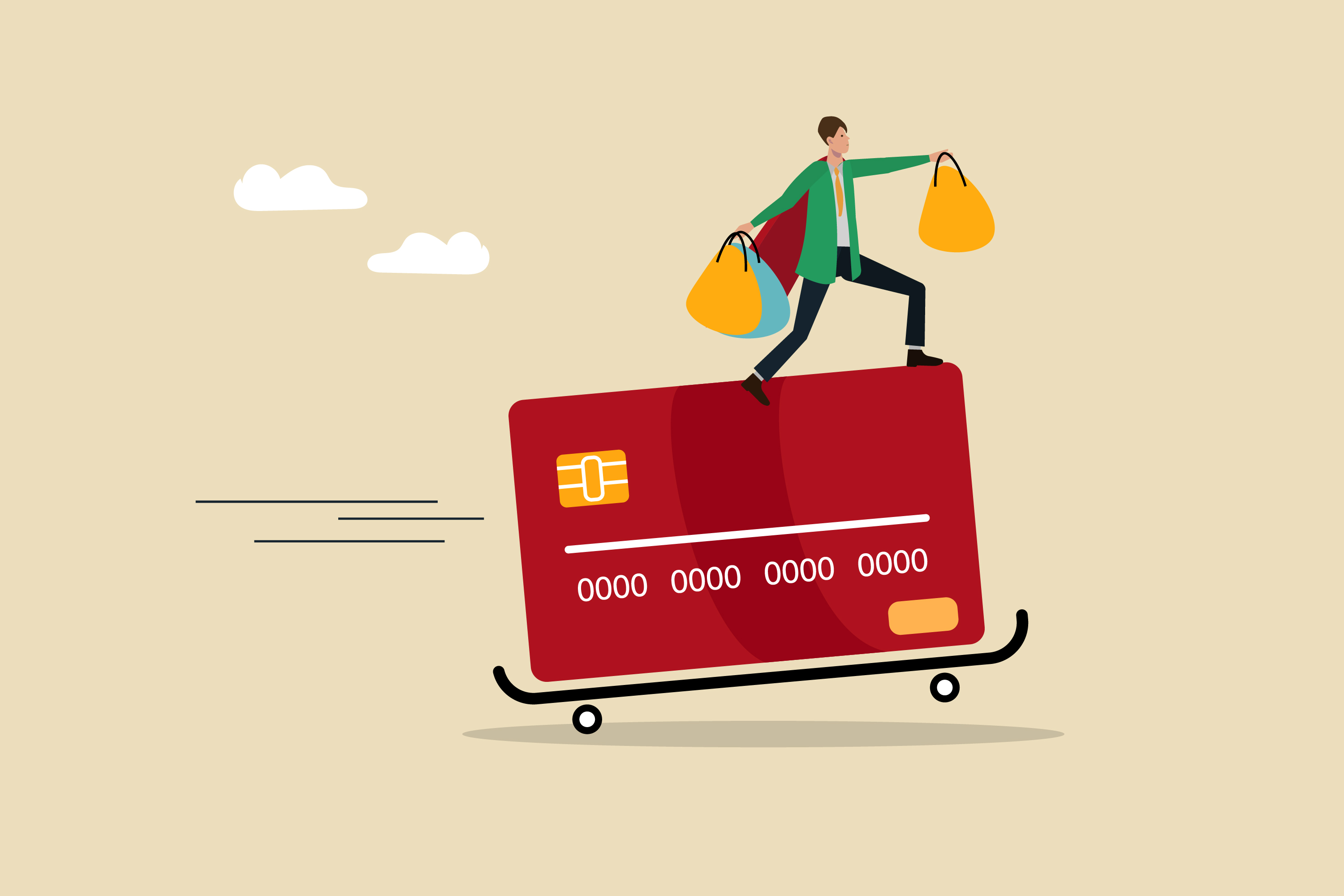These Cities Have the Most Dangerous Drivers — and It Could Cost You
A new list shows the cities where you're most likely to encounter collisions, making it a dangerous place to drive.

Driving can be a riveting adventure: Crank the volume and enjoy the freedom and serenity of the open road. But that joy can be short-lived, especially if you share the road with dangerous drivers.
Dangerous drivers can take many forms. There are those auditioning for NASCAR, drivers texting out Hemingway missives while going 70 mph or, my personal favorite, the person who decides to cross three lanes of traffic to make an exit ramp with seconds to spare. (I don't miss driving in Orlando, Florida, not one bit.)
Speaking of less-than-desirable locales to drive in, you're more likely to encounter collisions in certain areas of the country, as Allstate's newly released 2025 America's Best Drivers Report reveals. To conduct this study, they examined auto insurance claims in the 200 most populous areas of the United States.
From just $107.88 $24.99 for Kiplinger Personal Finance
Become a smarter, better informed investor. Subscribe from just $107.88 $24.99, plus get up to 4 Special Issues

Sign up for Kiplinger’s Free Newsletters
Profit and prosper with the best of expert advice on investing, taxes, retirement, personal finance and more - straight to your e-mail.
Profit and prosper with the best of expert advice - straight to your e-mail.
If you live in an area prone to dangerous drivers, not only can it impact your ability to drive, but it could also impact your wallet with higher car insurance costs. Luckily, there are ways to lower your car insurance rates, even with elevated risk factors.
With this in mind, here's a closer look at which 10 cities made Allstate's list.
The most dangerous cities for drivers
These are the most dangerous metros for drivers:
- Boston, Massachusetts
- Washington, D.C.
- Baltimore, Maryland
- Worcester, Massachusetts
- Springfield, Massachusetts
- Glendale, California
- Los Angeles, California
- Oakland, California
- Providence, Rhode Island
- Philadelphia, Pennsylvania
You might have noticed a theme with these: They're either on the East or West Coast, where there are higher concentrations of drivers.
Boston has a reputation for its less-than-stellar road designs, while Los Angeles is not ideal for quick commutes.
If you live in or near one of these areas, elevated risks of collision could result in higher car insurance costs. How do you save?
Reducing car insurance costs amid dangerous drivers
The most effective way I've found of reducing insurance costs is to shop around for options a few weeks before the policy renews.
Doing so helps you gain a ballpark estimate of what you should pay for insurance. That way, if your renewal premium increases significantly, you have other options.
Using our Bankrate tool, you can compare options fast:
Another tip is to notify your carrier of any changes in your driving behavior. To demonstrate, if you retired recently and don't drive as much, you might qualify for a low-mileage discount. I took advantage of this when I started working remotely years ago, and the discount is substantial.
There are other things you can do to lower insurance costs, such as:
- Increasing deductibles
- Removing comprehensive and collision coverage from older vehicles you own outright
- Bundling multiple policies with one provider
- Taking advantage of all available discounts
- Completing a defensive driver class
- Using telematics to monitor driving behaviors
What are telematics? Many insurance companies offer discounts if you download their app or use their device to monitor your driving behaviors.
Notably, they're looking to see if you obey speed limits, don't make many erratic stops or acceleration bursts, and how often you drive at night.
Providers will monitor your driving habits for one to three months to determine a score based on riskier driving behaviors. The lower your risk, the more likely you are to earn a good discount since you exhibit safer driving behaviors.
A simple tip if you live among dangerous drivers
Along with choosing the right insurance plan, another tip is to install a dash cam on your car, especially if you live in a higher-risk area.
4K Dual Channel Dash Cam - 5GHz WiFi, Dash Camera for Cars with 64GB Card
This dash cam features a 170° wide-angle front lens and a 120° rear lens to capture more of your surroundings.
On its own, a dash cam won't reduce your car insurance costs. However, it makes it easier for your insurance company to process claims in the event of a collision or property damage.
In the case of a he-said-she-said, in which police try to determine cause, having a camera can help you immensely if you didn't cause the accident and don't want to be at fault or liable for damages.
Bottom line on protecting your car from dangerous drivers
Ultimately, whether you live in a city with a higher concentration of dangerous drivers or not, it pays to shop around for car insurance regularly.
Along with this, consider installing a dash cam on your car in case an accident occurs and you need video evidence to show your insurance carrier. It can expedite claims, and in cases in which you didn't cause the accident, it could save you significantly.
Related content
Profit and prosper with the best of Kiplinger's advice on investing, taxes, retirement, personal finance and much more. Delivered daily. Enter your email in the box and click Sign Me Up.

Sean is a veteran personal finance writer, with over 10 years of experience. He's written finance guides on insurance, savings, travel and more for CNET, Bankrate and GOBankingRates.
-
 What to Do If You Plan to Make Catch-Up Contributions in 2026
What to Do If You Plan to Make Catch-Up Contributions in 2026Under new rules, you may lose an up-front deduction but gain tax-free income once you retire.
-
 If You'd Put $1,000 Into Lowe's Stock 20 Years Ago, Here's What You'd Have Today
If You'd Put $1,000 Into Lowe's Stock 20 Years Ago, Here's What You'd Have TodayLowe's stock has delivered disappointing returns recently, but it's been a great holding for truly patient investors.
-
 How to Max Out Your 401(k) in 2026 (New Limits are Higher)
How to Max Out Your 401(k) in 2026 (New Limits are Higher)In 2026, the maximum contribution limits for 401(k) plans have increased, giving you an excellent shot at maximizing your retirement savings.
-
 How We Manage Our Finances Together as a Married Couple
How We Manage Our Finances Together as a Married CoupleDouglas Boneparth, a certified financial planner, and his wife, Heather Boneparth, speak with Kiplinger about couples managing finances.
-
 How AI Is Changing the Way Americans Spend on Live Events
How AI Is Changing the Way Americans Spend on Live EventsAI bots are reshaping ticket prices, resale markets and how fans shop. Here's what it means for your wallet and how to get the best deals on concerts, sports and shows.
-
 What Bilt Cardholders Need to Know as Wells Fargo Exits the Program
What Bilt Cardholders Need to Know as Wells Fargo Exits the ProgramA major shake-up in the Bilt Rewards program could affect your credit card, rent rewards and points strategy heading into 2026.
-
 Where to Stash Cash as Yields Fall, According to Advisers
Where to Stash Cash as Yields Fall, According to AdvisersYour best options depend on how soon you'll need the money and your tolerance for risk.
-
 Should You Use Buy Now, Pay Later Options to Finance Your Vacation?
Should You Use Buy Now, Pay Later Options to Finance Your Vacation?Many travel companies are letting users pay in installments. But is "buy now, pay later" a smart financial decision?
-
 I'm a Financial Pro: You Really Can Make New Year's Money Resolutions That Stick (and Just Smile as Quitter's Day Goes By)
I'm a Financial Pro: You Really Can Make New Year's Money Resolutions That Stick (and Just Smile as Quitter's Day Goes By)The secret to keeping your New Year's financial resolutions? Just make your savings and retirement contributions 100% automatic.
-
 As We Age, Embracing Our Own Self-Doubt Can Be a Gift: A Cautionary Tale About Elder Financial Abuse
As We Age, Embracing Our Own Self-Doubt Can Be a Gift: A Cautionary Tale About Elder Financial AbuseAn aging couple hired a company that illegally required large deposits, and then they decided to stick with the company even after an employee stole from them.
-
 7 Ways to Save Money on Almost Everything
7 Ways to Save Money on Almost EverythingHigh prices got you down? These strategies can help you reap deep discounts on everyday spending.
